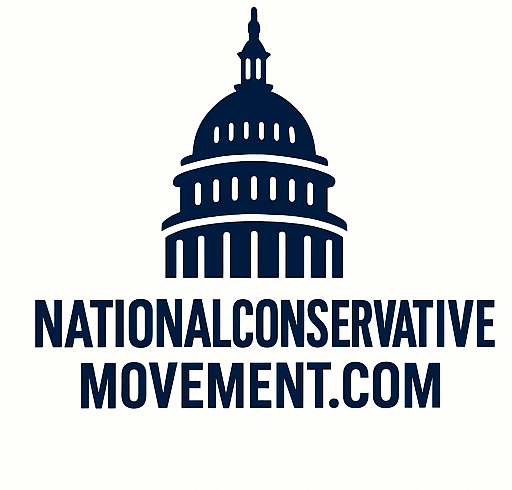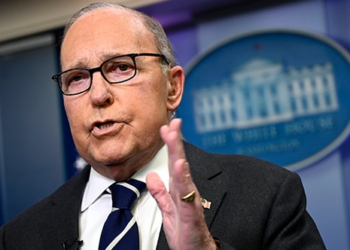
Education analysts are citing “gradflation” — short for “graduation inflation” — as a growing problem in which too many liberal arts graduates are chasing too few well-paying jobs, thereby lowering the value of their four-year degrees.
“Gradflation describes the trend in which an increasing number of people hold college or advanced degrees, leading to a decline in the relative value of those credentials in the job market,” said Amy Marshall, executive director of the American Teachers Alliance, a North Carolina-based association of non-unionized K-12 educators.
She pointed to Census Bureau figures showing that the share of adults age 25 and older with at least a bachelor’s degree rose from 11% in 1970 to 28.2% in 2010.
The Census Bureau estimated that a record-high 44.5% of employed workers held a bachelor’s degree or higher in 2024.
At the same time, the nation has experienced a shortage of plumbers, mechanics and technicians with short-term certifications.
A growing number of employers have listed “3-5 years of experience, no college degree required” in entry-level job descriptions. According to Georgetown University’s Center on Education and the Workforce, nearly a third of annual job openings through 2031 will require credentials but no degree.
“Gradflation isn’t just about too many degrees. It’s about too little alignment,” said Angelica Gianchandani, a marketing instructor at New York University.
Roughly half of recent graduates have found themselves “underemployed,” working in one or more high school-level jobs for subpar wages a year after leaving college.
Science and technology degrees have remained profitable, however.
Huntr, a Seattle-based AI resume builder, found in an analysis of more than 250,000 job openings posted between April and June that applicants for data analysis, IT support and software engineering jobs could earn $138,000 a year with a bachelor’s degree.
The average tech industry starting salary rose to $157,000 a year for applicants with master’s degrees and $165,000 for those with doctorates. By contrast, the average starting salary for a high school graduate in the sector was $78,000.
“My takeaway is gradflation is industry- and degree-dependent,” said Sam Wright, Huntr’s head of partnerships and operations.
Dozens of colleges have eliminated undergraduate majors in English, history, philosophy and other humanities and have boosted science and technology programs.
And the Trump administration recently ended student loans for degree programs that can’t show their alumni earn more than the average high school graduate.
Walter Block, a free-market economist at Loyola University New Orleans, said endangered degrees include boutique programs in literature, history and philosophy that students have come to view as unemployable.
“The worst: feminist, Black and queer ’studies,’” Mr. Block said in an email. “Also bad: political science, anthropology and sociology.”
Degrees of poverty
Multiple studies have found more Americans questioning the value of a college education as living costs have surged in recent years.
The Pew Research Center reported this month that 55% of adults who responded to a recent survey rated U.S. universities “fair” or “poor” at preparing students for good-paying jobs.
By contrast, just 16% of adults responding to a similar Pew survey in 2014 said their college education was “not at all” or “not too” useful to landing a job.
Siri Terjesen, an economist and associate dean at public Florida Atlantic University, noted that the average federal student debt adjusted for inflation has increased by 41% since 2007, totaling $1.7 trillion nationwide.
She calculated that the average 2020 college graduate with student loans carries more than $43,000 in debt in 2023 dollars.
“Gradflation is very real, and especially prevalent in certain sectors,” Ms. Terjesen said in an email.
Workforce needs
Some workforce and higher education insiders noted that many students never finish their work for low-paying degrees, leaving them saddled with thousands of dollars of loan debt. That adds to gradflation as employers feel pressure to remove degree requirements from job listings.
Jonathan Zimmerman, a professor of the history of education at the University of Pennsylvania, estimated that roughly 40% of college students leave school without a degree.
“We need an all-hands-on-deck effort to improve college teaching and advising, so that more of our students finish college,” Mr. Zimmerman said.
Lacey Kaelani, CEO of Metaintro, a New York City-based job search engine, said young people should be wary of signing up for degrees that leave them competing with large numbers of peers.
She noted shrinking wage premiums, high unemployment numbers for recent graduates and a surge in employers eliminating degree requirements for white-collar jobs.
“When supply increases dramatically without proportional demand, there can only be value loss at some point,” Ms. Kaelani said in an email.
Some workforce experts urged universities to abandon “Statistics 101” and refocus course offerings and career advising programs on internship-heavy jobs tied to emerging workforce skills.










